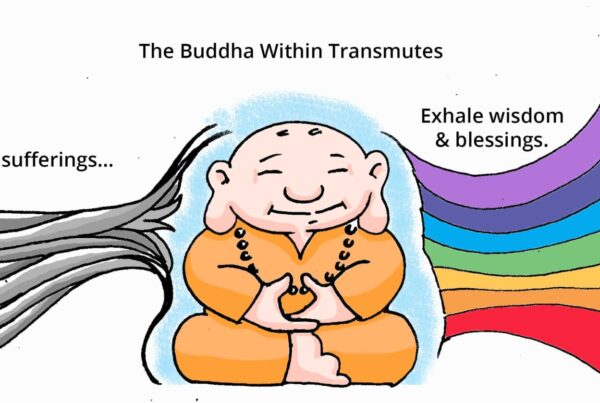Following the broader Mindfulness-based therapy – FAQ article, this one focuses on Hakomi. Hakomi is a form of therapy that guides and inspires my work. I should note that while I’ve worked in small group trainings for several years, and under supervision for more, I’m not certified in the Hakomi Method.
Where does Hakomi come from?
The Hakomi Method was developed in the mid-1970s by Ron Kurtz. The name appeared in a dream to one of his collaborators; it turned out to be a Hopi name meaning “who are you”. It’s archaic meaning is “how do you stand in relation to these many realms”. And this is what Hakomi in a way is all about.
What’s it all about?
Hakomi helps people learn about their core beliefs and change the ones that are limiting them, in an experiential way (i.e. by feeling it, not just by talking about it).
For an overview video by the founder himself, check this out: Intro to Hakomi, Ron Kurtz
Within a relationship that maximizes safety and the cooperation of the unconscious, we help the client focus on and study how he or she organises experience. Since most behaviour is habit generated by core material (i.e. a belief that “people aren’t trustworthy”, or “it’s not safe to relax” etc), the first stage is to study the influence of core material.
To do this we establish and use mindfulness. In mindfulness therapist and client create and use evoked experience, or mindfulness experiments. When the client indicates she is ready, the therapist introduces an “external influence” into their quiet, self-observing state. It could be a statement, a suggestion to do a movement, a touch. The client then notices her inside reactions. This tells therapist and client a lot about core material.
The next step is to process the specific states and content of the core material. This often involves working with strong emotions and specific memories. Then we move into transforming the core templates that shape limiting experience – i.e. we work to heal and change the limiting beliefs, so “it’s not safe to relax” could become “it’s safe to relax now”, or similarly “people aren’t trustworthy” becomes “I can trust some people”. Basically we work to heal the core material and change it so it enables expansion, rest, joy and so on.
For more about the process of Hakomi see the description on the Oregon Hakomi group’s site
Are there main tenants or a philosophy?
Yes, the Principles of Hakomi are as follows:
- Unity: an inclusive awareness of the interrelatedness of things
- Organicity: the recognition and honoring or each person’s individuality
- Mind/Body/Spirit Holism: the assumption that all elements of experience are essential.
- Mindfulness: the value of being genuinely aware of exactly what is happening
- Nonviolence: a commitment to respect and loving regard
- Truth: the pursuit of the actual nature of things
- Change: the trust that things can and will move and evolve
Another article with more info is Hakomi – Frequently Asked Questions
What makes Hakomi special to me?
Personally Hakomi is really the only therapy that has ever worked for me in a sustained way. It has taught me ways to understand and relate to my inner world, tools to work with strong emotions, and ways to be kind to myself in ways I hadn’t thought possible.
As a therapist I like it because there’s often an organic flow to sessions. I set up experiments but it’s the client’s experience that then guides and informs the process. I follow, sewing the threads and making the links along the way. The client often emerges with a new sense of him or herself. And not just as an idea but a real felt sense of more freedom and possibility. And for me as a therapist that’s gold.



